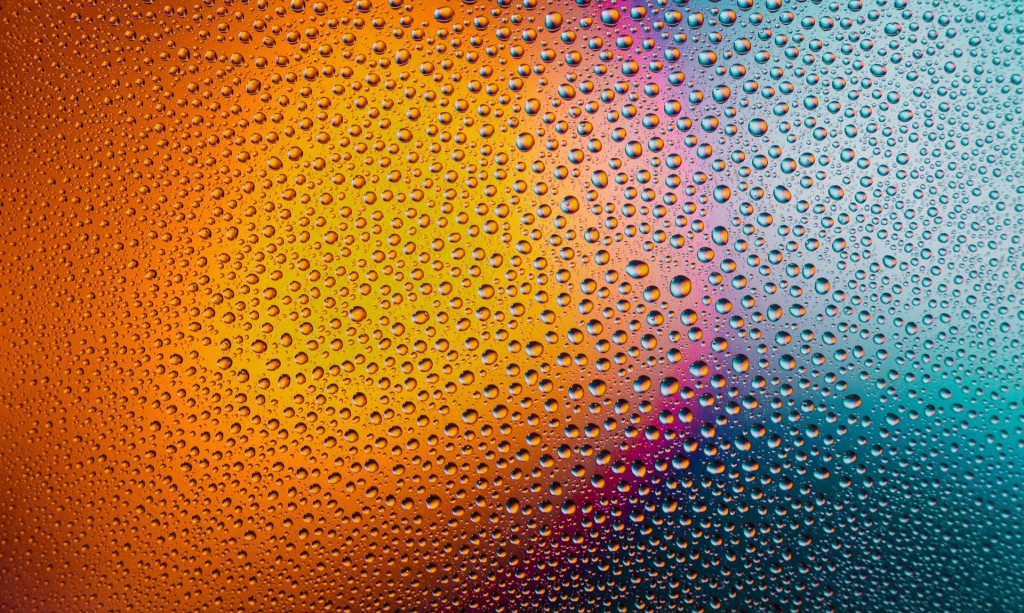uPVC windows are relatively easy to update, and many people chose to do so by having their window frames and uPVC doors spray painted. This process is called uPVC window spraying or just uPVC spraying and is the easiest method of painting uPVC. Often, when hiring experts or when setting out to paint uPVC windows, people find themselves unsure of what they need to do in order to prepare. Do they need to sand uPVC windows before painting? Do they need to prime uPVC window frames?
The preparation for uPVC window spraying is fairly straightforward, so whether you’re doing it yourself or you’re just curious about the process, you needn’t worry.
How do you prepare a uPVC window for painting?
Preparation for uPVC window spraying can be broken down into 5 stages or steps.
1. Remove existing silicone
Around your uPVC window frames and doors will be a layer of silicone. This gets removed prior to uPVC window spraying and is often replaced with silicone that better matches your chosen color. Contractors will remove existing silicone for you, so if you’re hiring an expert this is not something you need to know how to do.
You may choose to opt for the same color silicone after your uPVC painting, but it is still best to remove existing silicone in order to prevent any spray paint from coloring it. Adding in new silicone also helps to ensure that your painted uPVC windows look like new uPVC rather than a DIY job, and really help to complete the new look.
2. Filling
If your uPVC window frames or doors have any chips or cracks in them, many contractors will fill these prior to spray painting. This will involve filling the holes in the plastic and then sanding or filing the uPVC surface flat. Once painted, these blemishes are invisible and your uPVC will be finished to a high quality, making it look brand new.
This step of preparation also allows the painting contractors or yourself to ensure that a good job is done and that the paint is evenly sprayed across the surface, forming an even coat. This helps to ensure that the color you choose really pop and prevents any gaps in the paintwork.
3. Cleaning
Perhaps the simplest of preparatory steps, cleaning your uPVC windows can make the difference between a fantastic uPVC spraying and a bad one. It is essential to remove all debris from the uPVC surface prior to using primer and paint, as this will create a smooth surface ready for your spray paint.
What do you clean uPVC windows with for painting?
To clean your uPVC windows, simply use hot soapy water and a damp cloth to remove any debris, dirt and grime that may prevent the paint from sticking to the surface.
4. Masking
One of the most important tasks to do before you begin painting uPVC windows is to ensure that you use masking tape and masking paper to protect the brickwork surrounding your window frames and the glass within them from any uPVC paint over spray. The masking paper and masking tape must be used diligently, as otherwise the look can be ruined by excess paint marks on the walls and windows of your home or building. The uPVC paint lasts for around 10 years, so it is essential to only get it on the desired uPVC window frames and doors.
If you’re not sure how to use masking tape and masking paper to protect your glass and brickwork, ask a professional or take a look at some video tutorials in order to see how best to prepare for uPVC spraying.
5. Primer
To help the paint stick, it is recommended to apply one coat of primer to your uPVC prior to painting. There are different types of primer for uPVC: solvent-based or water-based. Applying this to your window and door frames before painting will ensure that the paint sticks to the surfaces and will help to maintain a long-term look. Paint alone will usually last a reasonable length of time on uPVC, but with the correct preparation and primer painted uPVC will last up to 10 years so it’s a great budget home improvement idea.
6. Begin painting!
If you are working on your own windows and are not an expert, there are a few things that you should keep in mind when spray painting uPVC windows. The first important thing to consider is that you should always wear the right gear when painting. Before you start to paint uPVC windows, ensure you’ve got a face mask available. The fumes and particulates that come from the spray paint can have adverse effects if inhaled.
Secondly, you should ensure that you spray paint the uPVC as opposed to brush or sponge paint it. This will provide the highest quality durable finish. Using spray paint, apply around three coats of paint, ensuring that they are even and relatively thin.
You should also ensure you have enough paint for your project before you begin. If you’re painting all of your windows, doors and garage doors, you are likely to need a lot of paint. Do some research on what the best paint is in your chosen color and purchase a few pots. If you’re not sure how much you need, ask a retailer or an expert for advice.

How much of the preparation am I responsible for?
For those hiring contractors to do their uPVC painting, you may well find that you don’t have to do any of this. Speak to your contractors to discuss what preparation is needed before uPVC window spraying and which elements of preparation they need you to do before they arrive. This is the best way to ensure an efficient job is done, and that nobody’s time is wasted.





